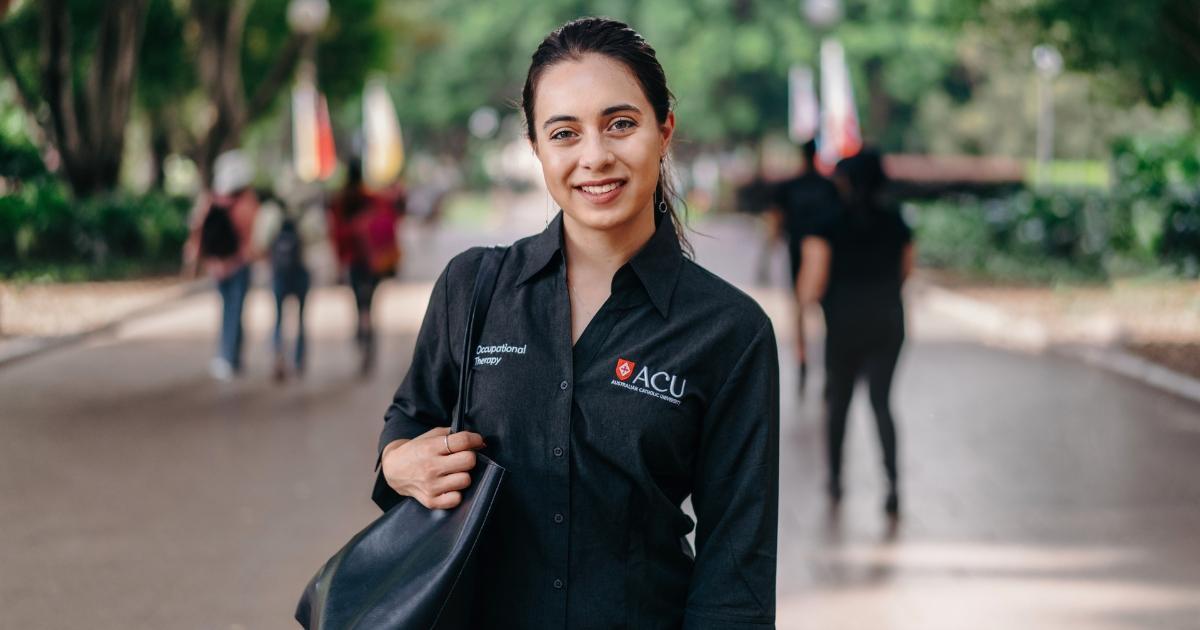You might stop working, but your money doesn’t

See Matthew and the team at Muirfield Financial Services for advice suited to your individual needs.
BY MATTHEW TORNEY // Muirfield Financial Services
Record low interest rates make retirement planning difficult. And low returns from defensive asset classes traditionally favoured by retirees — like term deposits — are making the situation even more dire.
With more and more retirees forced to dip into their retirement capital to meet the rising costs of everyday expenses, it’s more important than ever to understand how to protect your retirement income.
Does your retirement income come from savings or investments?
Research first undertaken in the U.S. nearly 30 years ago found 90 cents of every one dollar in retirement income comes from the earnings you achieve on your super investments, with only 10 cents coming from the amount you contribute during your working life.
More surprisingly, about 60 cents in every dollar of retirement income comes from the investment earnings you make in retirement after you’ve stopped contributing.
According to the 10/30/60 rule, your retirement income usually comes from the following sources:
- 10 per cent of the money you saved and contributed to super during your working years
- 30 per cent of the investment returns you achieve before you retire, and
- 60 per cent of the investment returns you achieve during your retirement.
Although the percentages vary slightly for each person depending on their situation, the 10/30/60 rule holds for most retirees after they leave the workforce.
In a nutshell, earning a good investment return on your retirement savings will be just as important, if not more important than it was during your working life.
Why do investment returns play such a significant role?
In the early stages of retirement, most of the money you draw from super comes from investment returns. Your super balance is at, or close to, its highest point after years of work contributions, so this makes sense. And the power of compound interest is working for you at this point.
If your starting capital at retirement remains intact, it gives you the potential to earn more investment returns over the full term of your retirement, which could be many decades. Good investment returns postpone the point at which you start to draw on the capital amount you had amassed when you retired.
What does this mean for retirees?
Although choosing the right investment option or a mix of assets for your super account is vital during your working life, the 10/30/60 rule shows it may be even more important in retirement.
As a retiree, you need to keep your nest egg growing throughout your retirement years with an investment strategy that balances security and investment risk.
If you retire at age 60, you might be in retirement for 25 or 30 years. That means you can afford to take a longer-term view of your investments and take a little bit more risk with at least part of your retirement savings in the expectation of generating higher returns.
By including some growth assets (like shares and property) in your portfolio, you may be able to put off for as long as possible the day you need to start using your capital.
And depending on your risk tolerance, growth assets usually have a better chance of delivering the higher returns needed to grow your retirement savings, even if you are drawing down on them at the same time.
Being too conservative with your retirement investments can mean your money grows too slowly. You then face the prospect of outliving your retirement savings.
Speak to a financial adviser from Muirfield to learn how to make the most of your hard-earned retirement savings.
Complimentary introductory meetings can be made by calling 5224 2700.
Sponsored Content.

















